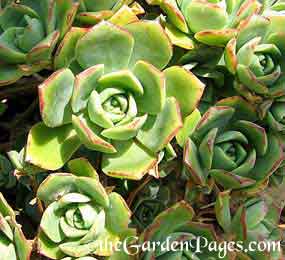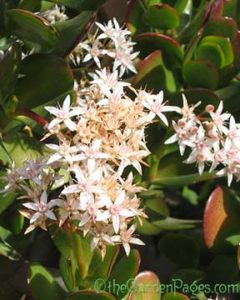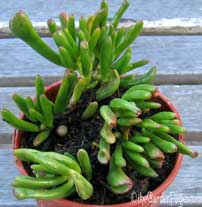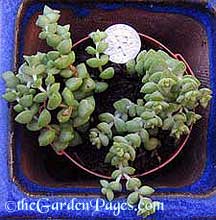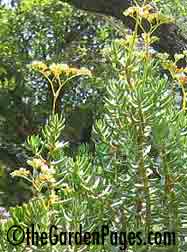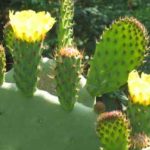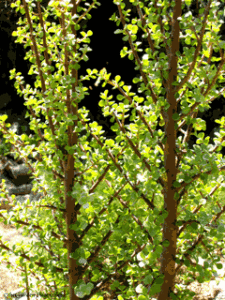More Succulent Plant Pages
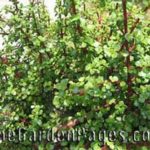
Growing Portulacaria Afra Succulent Plants
This succulent plant is sometimes called Baby Jade or Elephant Food. Portulacaria Afra has small round leaves and thin branches ...
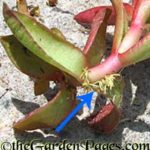
How To Root Succulent Plants With Cuttings
How To Root Succulent Plants With Leaf or Stem Cuttings Succulent plants are perfect for hot, dry landscapes or container ...
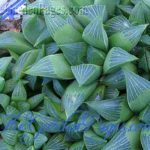
Haworthia Correcta Window Plant
Haworthia plants are native to southern Africa and there are many species and hybrids. I just love these succulent little ...
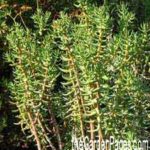
Crassula Tetragona or Bonsai Pine Succulent Plants
One of my favorite succulent plants is named Crassula tetragona. These drought tolerant succulent plants look a little like pine ...
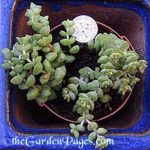
Growing Crassula Rupestris or Rosary Plants
Rosary Plant is a unique little succulent plant that grows close to the ground and is great for hanging baskets ...
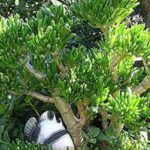
Spoon Jade or Gollum Jade Crassula Portulacea Care
Succulent jade plants are great choices for low water gardens. These plants are easy to grow in hot dry areas ...
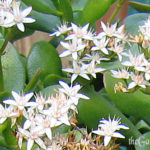
Crassula Ovata or Jade Succulent Plant Care
Crassula ovata or Jade plants are shrubby succulent plants that make excellent choices for dry landscapes and container gardens. Xeriscaping ...
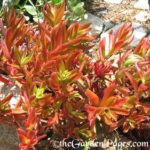
Color Change Crassula Capitella Succulent Plant Care
This is Crassula capitella, sometimes called Crassula erosula. This unique succulent plant has also been called Red Flames or Campfire ...
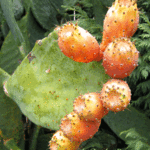
Growing Edible Prickly Pear Cactus
Opuntia ficus-indica Prickly Pear Cactus In spring Prickly Pear cactus gets stunning bright yellow flowers which turn into red prickly ...

Growing Healing Aloe Vera Plants
Aloes have bright green stalks that grow up to 1 foot long and up to 2 inches thick They usually ...
